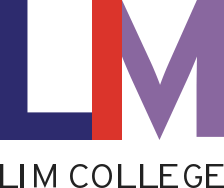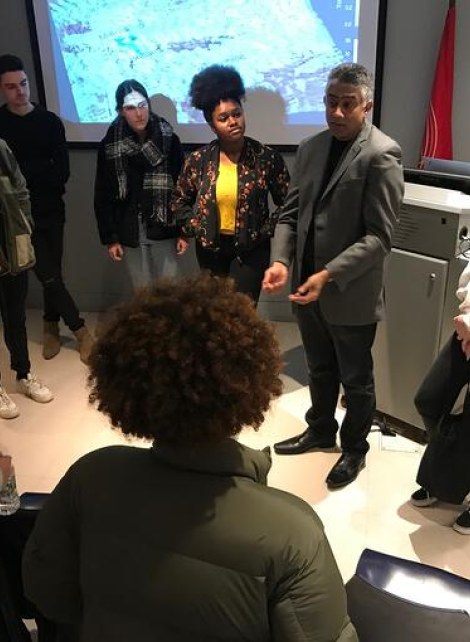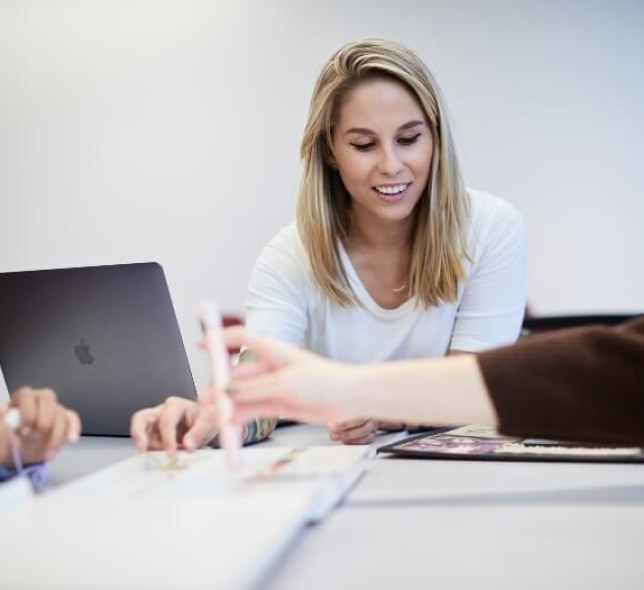The founding President and CEO of Utopus Insights, Dr. Visweswariah explained tangible practices brands can put in place to shift their factories and properties to renewable energy.
Dr. Visweswariah started his presentation with three simple questions:
- Is our planet imperiled?
- Can we save our planet?
- What is the solution?
To address his first question, he used dizzying facts and figures to illustrate anthropogenic (manmade) changes that have occurred since the 1800’s, and particularly in the last 80 years. Driven by the consumption of fossil fuels, primarily by the energy sector, the atmospheric concentration of greenhouse gases has seen an unprecedented increase. As this concentration increases, so too does the mean global surface temperature. This is commonly called global warming. If the earth continues this way, we will reach 1.5°C of warming as soon as 2040. While it might seem like a minuscule increase, 1.5°C of warming risks high-scale disasters: an iceless arctic, bleached coral reefs, a dead Amazon rainforest, and 10 million people displaced from their homes, also known as “climate refugees.”
As concern began to manifest among attendees, Dr. Visweswariah reminded us of his second question: Can we save our planet? In short, he said, “Yes, we can!” prompting a temporary wave of relief throughout the room. He explained that, as energy has become fundamental to our way of life, not using it is simply not an option. The true solution? Decarbonize our economy. Electrifying our economy from transportation to heating, and moving to renewable energy like wind, hydro, and solar power, must be the way forward.
Unfortunately, the solution isn’t simple. These changes require huge capital investment and because the production of renewable energy is determined by weather, supply is unstable.
This prompted Dr. Visweswariah’s final question: What is the solution? Digitalization and automation. These functions will enable precise data-driven weather forecasting, allowing our energy systems to prepare for anticipated weather changes, therefore mitigating unstable supplies. Over time, these renewable energies become cheaper, reaping economic benefits and creating jobs in the process.
The hope Dr. Visweswariah holds for the future is paralleled by a sense of urgency. Why? Because yes, our earth is imperiled, and yes there is a solution, but change must happen now.
This new knowledge inspires hope but also instills a sense of responsibility. We cannot rely on big business to make these changes. It is up to everyday consumers to spread the message. While economics may be the only force that ever truly changed the world, education and policy sure help. Climate change and global warming can no longer be buzzwords; each person owes it to themselves and future generations to truly understand what the implications are.
Dr. Visweswariah’s lecture was inspiring and eye-opening.




